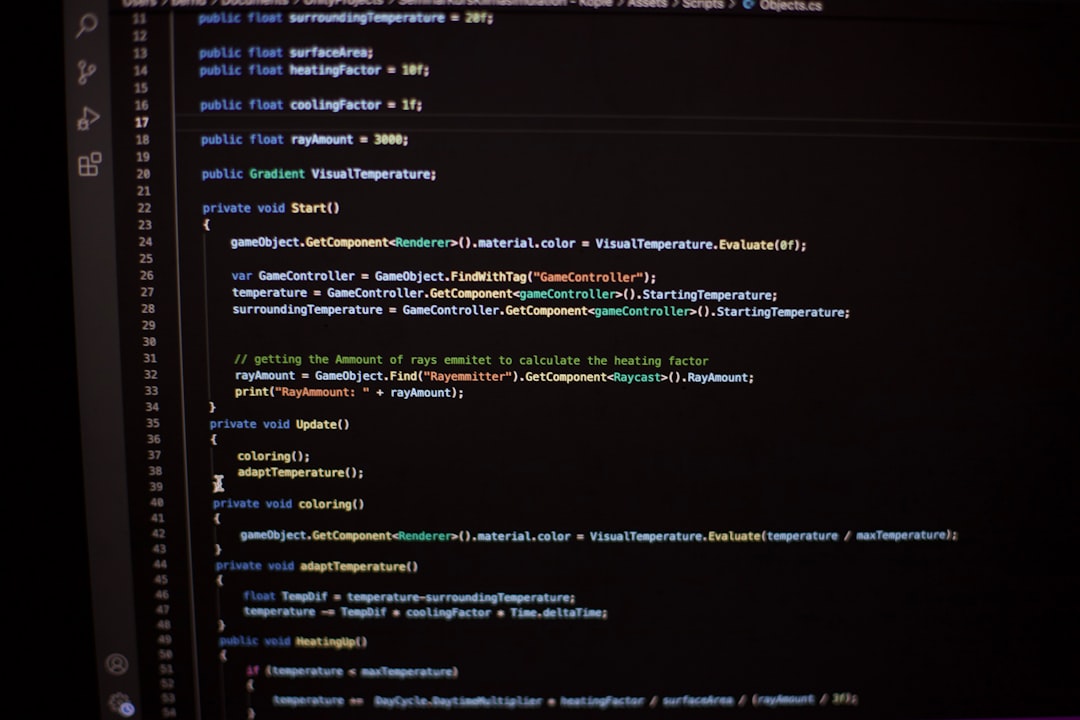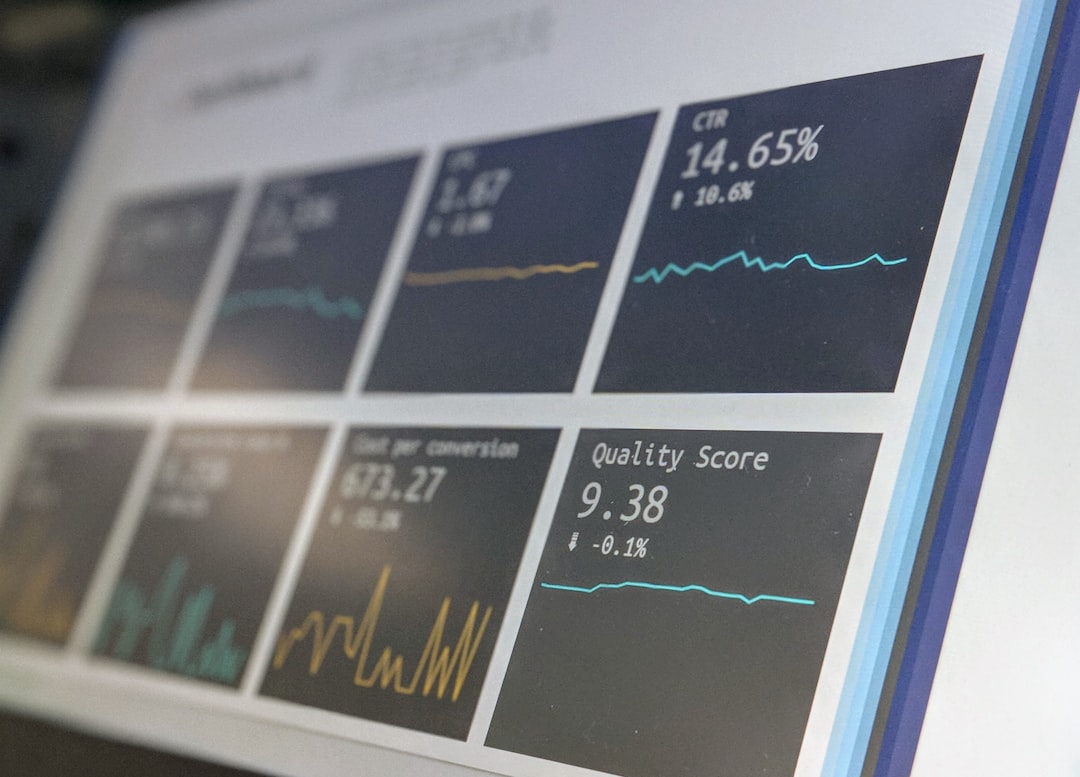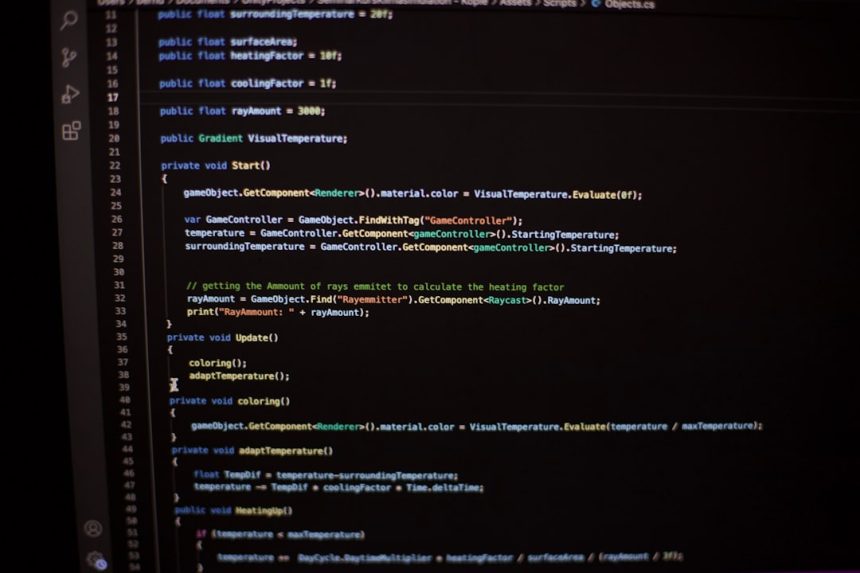Structured Query Language, or SQL, is one of the most fundamental tools in the world of data and software development. It powers everything from small website databases to massive data warehouses used by global corporations. However, for beginners, it can seem confusing. Is it a programming language? Is it hard to learn? Let’s break it down and explore just how difficult SQL really is for those just getting started.
To begin with, SQL is not a general-purpose programming language like Python or Java. Instead, it’s a domain-specific language used for managing and manipulating databases. In its simplest form, SQL allows users to retrieve, update, add, and delete data from a database—all in clear, readable commands. This makes it an excellent starting point for those new to working with data.
So, how hard is SQL to learn? The answer depends largely on your background and what you expect to do with SQL. Let’s break this down further.
What Makes SQL Easy for Beginners
- Readable Syntax: Many SQL commands read almost like plain English. Statements like SELECT name FROM employees or DELETE FROM customers WHERE id = 5 are easy to understand once you learn the basics.
- Immediate Feedback: When using SQL in a console or database tool, you can run a query and immediately see results, making it easy to experiment and learn through trial and error.
- High Demand Skills: Knowing SQL opens up opportunities in data analytics, development, and business intelligence—even for entry-level roles.

Tips that make learning SQL even easier:
- Start with simple SELECT queries to understand how data is retrieved.
- Use online tools that offer real-time SQL practice environments.
- Join forums or communities where SQL problems are regularly discussed.
Challenges You May Face
While SQL can appear deceptively easy at first, there are a few complexities that beginners may run into:
- Complex Joins: When you need to connect data from multiple tables using joins like INNER JOIN or LEFT JOIN, the logic can become confusing until you grasp how relationships between tables work.
- Nested Queries: Sometimes you’ll need to write queries inside queries (known as subqueries), which can be hard to understand until you have mastered the basics.
- Database Design: Understanding how data is stored—using concepts like normalization and keys—is essential for writing meaningful queries and can take time to learn.
But here’s the good news: you don’t need to know everything at once. Most real-world applications only require a handful of SQL commands. Getting comfortable with SELECT, FROM, WHERE, JOIN, GROUP BY, and ORDER BY will allow you to do 80% of common data tasks.
Popular Use Cases of SQL
Learning SQL is not just about writing queries—it’s about solving real problems. Here are a few scenarios where SQL is especially valuable:
- Data Analysis: Analyzing user behavior, sales trends, or operational metrics.
- Reporting: Creating automated reports and dashboards for business teams.
- Web Development: Backend work often requires querying databases to deliver content.

Getting Started with SQL
There are plenty of free and paid resources available for beginners to learn SQL. Some popular platforms include:
Start small—practice extracting data from a single table before progressing to joins and advanced clauses. Also, consider downloading tools like MySQL Workbench, pgAdmin (for PostgreSQL), or using web-based environments like SQL Fiddle or DB Fiddle.
Final Thoughts
SQL isn’t hard—it’s logical. If you can think in terms of rows and relationships, you can learn SQL. Many people find that it’s actually easier than traditional programming languages because of its simplicity and direct utility. Whether you’re heading into a data career or just need to interact with databases in your job, learning SQL is a skill that pays off.
So, why wait? Dive in and start querying your way through the world of data!







